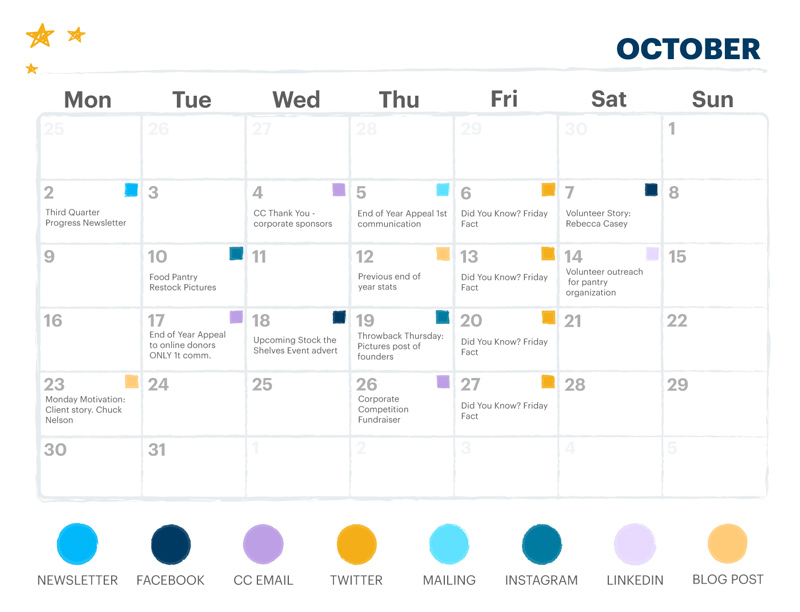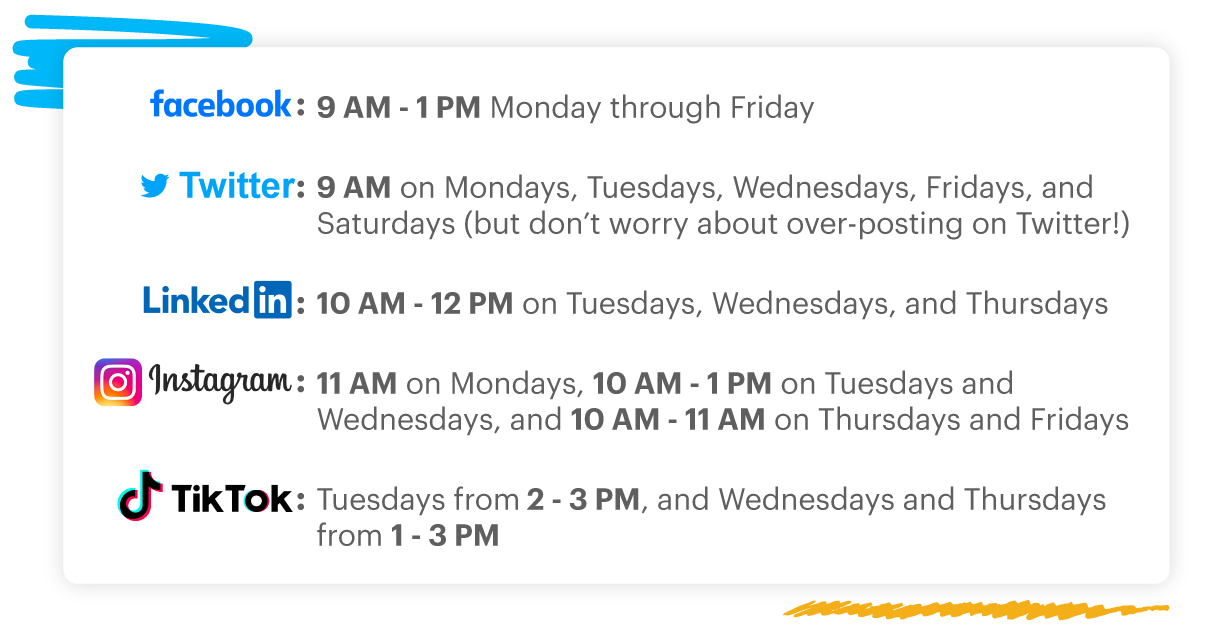Nonprofit Technology & Fundraising Blog
Subscribe to our mailing list

September 29, 2022 | Fundraising Communication, Year End
Meeting your supporters where they’re at and reaching them through multiple communications channels will help you reach your year-end fundraising potential. If you have donors who prefer giving through direct mail, the right social media post might inspire them to increase their giving, or serve as the reminder they needed to send in their annual gifts before December ends.
Creating a timeline and sharing your plan with your team will make sure your communications strategy makes sense and encourage your donors to make their year-end gifts. We have some tips for you to help you sort out all the details and moving parts.
A straightforward timeline with clear action items will keep your team focused and on-task during the final months of the year. Your timeline should document what you plan to send, when you expect your audience to see each piece, and reminders to check your progress toward your goals so you can adjust as needed.
If your organization requires multiple steps of proofreading and review, it’s good to include stakeholder names and editing deadlines, too.
A content calendar can help you visualize when you are distributing content and what type of content you’re sending. This is especially true if you have a number of departments or staff members who contribute to your year-end material, even if it’s not all development driven.

With email tools like Constant Contact, you can use past email campaigns to determine the best day and time to send your appeals. There is no magic time or day of the week that works well for all nonprofits, so we recommend using your own data to inform your plan.
Timing is just one piece of planning your email appeals. Here are some ideas for evaluating your fundraising emails and tuning them to your audience:
Direct mail has an industry-wide average response rate of 5.3%. Compared to email at 0.1%, it’s worth the investment! Direct mail offers your donors something tangible, and you can easily personalize appeal letters with customized fields or even include a handwritten note for your most passionate supporters.
Direct mail involves a longer turnaround time, so make sure to plan a few months ahead. We recommend getting in touch with your printing vendor, if using, in September, and if you’re sending letters yourself, send them in early November to give your supporters plenty of time to mail gifts before December 31.
Including social media in your content calendar can help you build your online following with consistent – but not too many – posts.
Here are some general guidelines you can use across social media platforms:
Data from Sprout Social show the best time to post on the most popular platforms:

There’s valuable data in the date and amount of your donors’ latest contributions. For first-time donors, getting a second gift is critical for retention.
Future Fundraising Now has found that your most valuable donors are those who make a second gift within the first 3 months of their first gift. Their second gift shows you that they’re passionate about your cause, and may be more invested in your mission than someone who gives less frequently.
For your loyal donors, it may help to know the average length of time between gifts. If most donors contribute every two months, you may want to build a separate mailing list specifically for donors who have given as recently as September to ensure that they do not receive your year-end ask until November.
95% of texts are read within just three minutes. For donors who want to give right around calendar year-end, text messages can be a great way to connect and wish them a happy New Year (with a giving link, of course!).
Follow us on social!